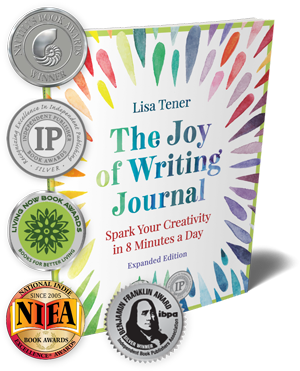
If you’re writing a book proposal, one important number to obtain is the number of books sold for any competitive or complementary books you plan to compare with yours.
Here’s a Book Proposal Secret: For the most part, you want to compare your book to bestsellers and backlist books (books that have been in print a long time). You want agents and publishers to associate your book with other books that have sold well. Don’t compare your book to one that sold 200 copies.
And publishers love to see actual numbers of book sales to get a flavor for it. Sure, they could look up the numbers on Ingram, but they don’t really have time for that when they’re first assessing a book proposal–you want to make an impact right away with big numbers.
So, how do you get those numbers? You can’t get them from Ingram anymore (unless your friends in publishing look them up for you). But you can do a number of things:

1. Search for the book on Amazon and “look inside the book” at the front and back covers (blown up version if you can) to see if the cover boasts number of copies sold. Yes, this is a long shot, but once in a while you hit the jackpot. Likewise, you can also check the Publishers Weekly review and other reviews to see if they mention sales.
2. Do a Google or search engine search for specific keywords, such as “book title millions copies sold” or “book title new york times bestselling.” Think up as many combinations of these keyword searches as you can–one may hit pay dirt. Note the date of the posting, review or article. Say, in your proposal, “As of xxxx date, the book sold x million copies.”
3. Go to the bookstore and see if the actual book mentions the number of copies sold or bestseller status.
4. Some people include Amazon ranking or Barnes and Noble ranking when comparing books. It’s not a terrible number to use but it can be misleading since those rankings change by the minute–and a book with a high ranking one hour may be much lower the next hour for various reasons. I usually stay away from mentioning these.
5. If the book was a bestseller on any particular chart, certainly mention this. Also mention how long the book has been in print if it’s a classic. This implies your book has backlist potential, too.
And, one more thing when comparing your book to bestsellers: Some authors just mention what’s different about their book. Don’t get caught in that trap. Stress both similarities and differences. You want agents and publishers to think: “This book has much in common with the bestsellers that make it likely to be a bestseller, but it also has some unique selling points that differentiate it and make it a valuable addition to the books that are already out there.”
Good luck with your book proposal! If you have any other ways you’ve researched sales for competitive titles, please do share! And I’m happy to answer other book proposal questions you may have as well–just share your question as a comment.



Hi Lisa, I found your blog via an email from linkedin, and I think it’s great: Good structure, nice layout, the right articles, photos, and social networking integration. Well done! I bookmarked your site to come back to it.
What about this idea: If it’s a bestseller, the author may be proud and not hesitate to tell me (hopefully honestly) the sales figure as he knows it, no?
I would try to contact the author.
The publisher probably wouldn’t say a word about the sales figures, so I doubt I would bother to call them. Unless of course, I know staff there … Linkedin…?
TC
David
I have a question – The only competitive books I can locate for my book have been self-published and I would like to try going with an agent and not self-publish. Please help, I’m at a loss of what to do next. Thanks in advance for your assistance.
Have any of the competitive books done well? If not, it’s chancy to use them–you want to show examples of books that have done well. Can you broaden what you consider to be competitive books?
Without knowing the topic, I can’t really provide more substance than that…
Good luck.
Thanks for your response. No, they haven’t done well and that’s my problem. What I have is a book comprised of hundreds of letters written between my mother and father when they were high school sweethearts and going on through my dad’s years in the U.S. Navy. (My working title is: Letters from a Sailor – My Darling Mrs. Twidgett) The letters start in June of 1940 and continue through to July 4, 1945. I have completed the front story and it’s conclusion and is quite a compelling love story. I have my query letter and overview finished for my book proposal and feel like I’m now at a sticking point and can’t move forward. Since I can’t find any good competitive books to use, I’ve afraid no one will even look at it. I think that’s why the other authors of similar books self-published and probably weren’t promoted well enough to be commercially successful. I really don’t want to go that direction if at all possible. I would ideally like to find an agent that is interested in reading my manuscript. Please advise. Thanks.